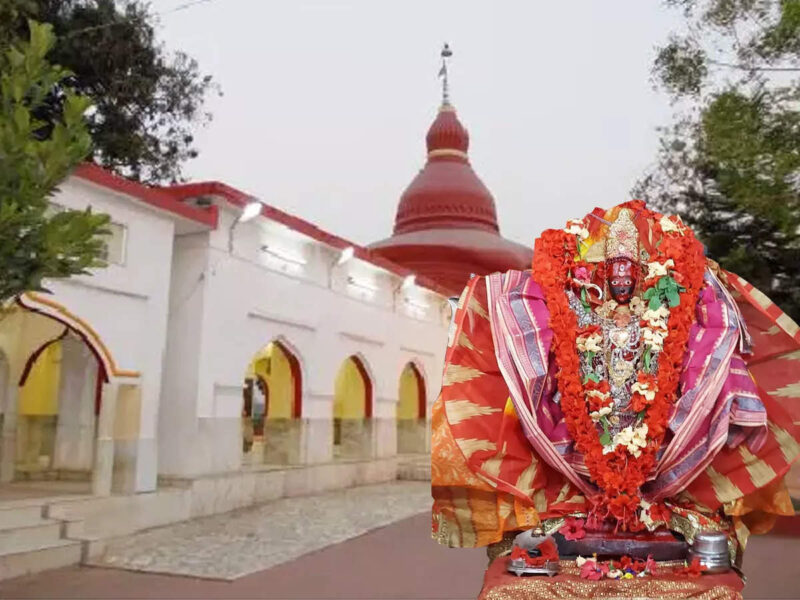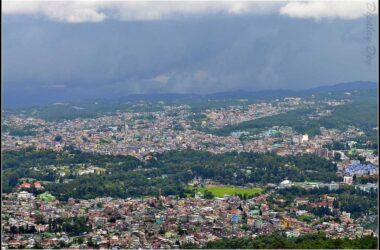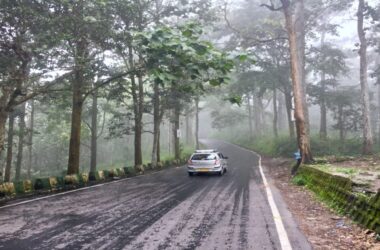The Tripura Sundari Temple, also known as the Matabari Temple or the Tripura Sundari Shakti Peeth, is a revered Hindu temple located in Udaipur, Tripura, India. Dedicated to the goddess Tripura Sundari, this sacred place attracts devotees from far and wide who seek blessings, solace, and a deeper connection with the divine. With its rich history, architectural splendor, and spiritual significance, the Tripura Sundari Temple stands as a testament to the profound faith and devotion of its worshippers.
Table of Contents
- Introduction
- Legend and Mythology
- Architecture and Design
- Religious Significance
- Rituals and Festivals
- Spiritual Practices and Beliefs
- The Temple Complex
- Surrounding Attractions
- How to Reach the Temple
- Tips for Visitors
- Accommodation Options
- Local Cuisine
- Safety and Security
- Preserving the Heritage
- Conclusion
Introduction
The Tripura Sundari Temple, nestled amidst the scenic beauty of Udaipur, is a spiritual haven that exudes tranquility and devotion. This article explores the rich history, architectural marvels, religious significance, and cultural aspects of this sacred temple.
Legend and Mythology
According to ancient Hindu mythology, the Tripura Sundari Temple is believed to be one of the 51 Shakti Peeths, where the body parts of the goddess Sati fell after her self-immolation. The temple holds immense mythological importance, and its origin dates back to the ancient times of the Mahabharata and Ramayana epics.
Architecture and Design
The temple’s architecture is a harmonious blend of traditional Bengali and Indo-Islamic styles. The main shrine, adorned with intricate carvings and sculptures, is dedicated to Tripura Sundari, the goddess of beauty and cosmic creation. The temple complex features multiple other shrines, each dedicated to various deities of the Hindu pantheon.
Religious Significance
Devotees visit the Tripura Sundari Temple to seek the blessings of Tripura Sundari, who is believed to grant desires, bestow fertility, and protect devotees from evil forces. The temple is regarded as a sacred place where one can attain spiritual enlightenment and experience the divine presence.
Rituals and Festivals
The temple follows elaborate rituals and conducts various festivals throughout the year. Daily puja (worship) ceremonies are performed with great devotion and precision. Festivals like Durga Puja, Navaratri, and Kali Puja are celebrated with grandeur, attracting a large number of devotees who participate in the vibrant festivities.
Spiritual Practices and Beliefs
The Tripura Sundari Temple encourages spiritual practices such as meditation, yoga, and chanting of mantras to promote inner peace and self-realization. Devotees believe that regular visits and prayers in this sacred space bring them closer to the goddess and facilitate spiritual growth.
The Temple Complex
Spread across a sprawling area, the Tripura Sundari Temple complex comprises the main shrine, smaller temples, meditation halls, and beautiful gardens. The serene ambiance and lush greenery provide a tranquil atmosphere for devotees to connect with the divine.
Surrounding Attractions
The vicinity of the temple boasts several other attractions, including the picturesque Neermahal Palace, the Udaipur Lake, and the Bhubaneswari Temple. Visitors can explore these sites and immerse themselves in the cultural heritage of the region.
How to Reach the Temple
The Tripura Sundari Temple is easily accessible via road, rail, and air. The nearest airport is Agartala Airport, located approximately 50 kilometers away. Regular bus services and taxis are available from various cities in Tripura, ensuring convenient transportation for devotees and tourists.
Tips for Visitors
To make the most of your visit to the Tripura Sundari Temple, it is advisable to dress modestly and follow the temple’s rules and regulations. Carrying a camera or mobile phone may require special permission, so it’s recommended to check with the temple authorities beforehand.
Accommodation Options
Udaipur offers a range of accommodation options for visitors, including hotels, guesthouses, and resorts. It is advisable to book in advance, especially during peak festival seasons, to ensure a comfortable stay near the temple.
Local Cuisine
Exploring the local cuisine is an integral part of any visit to Udaipur. From traditional Bengali delicacies to regional Tripuri dishes, the city offers a gastronomic journey that delights the taste buds of visitors.
Safety and Security
The Tripura Sundari Temple places great emphasis on the safety and security of its devotees. The temple management ensures a well-maintained environment and implements strict security measures to ensure a peaceful and secure visit for all.
Preserving the Heritage
Efforts are being made to preserve the cultural and architectural heritage of the Tripura Sundari Temple. Various organizations and authorities work together to maintain the temple’s sanctity, protect its historical artifacts, and promote awareness about its significance among the masses.
Conclusion
The Tripura Sundari Temple stands as a testament to the deep-rooted spirituality and unwavering faith of its devotees. With its awe-inspiring architecture, religious significance, and serene ambiance, it continues to attract people seeking solace, blessings, and a connection with the divine.
Similar Articles
FAQs (Frequently Asked Questions)
Is photography allowed inside the Tripura Sundari Temple?
Yes, photography is permitted, but it may require special permission from the temple authorities.
Are there any specific dress code requirements for visiting the temple?
It is advisable to dress modestly and adhere to traditional attire while visiting the temple.
Can non-Hindus visit the Tripura Sundari Temple?
Yes, people from all religious backgrounds are welcome to visit the temple and seek blessings.
Are there any accommodation options near the temple?
Yes, Udaipur offers a range of accommodation options, including hotels, guesthouses, and resorts.
What is the best time to visit the Tripura Sundari Temple?
The temple can be visited throughout the year, but it is recommended to check the festival calendar for a more vibrant experience.









